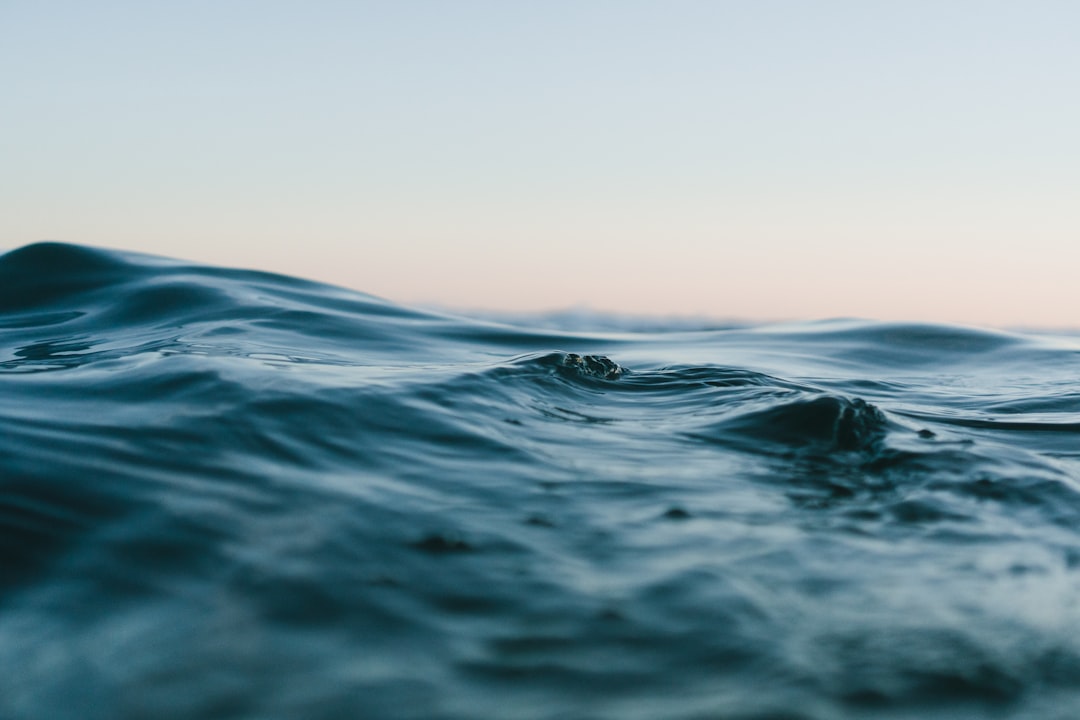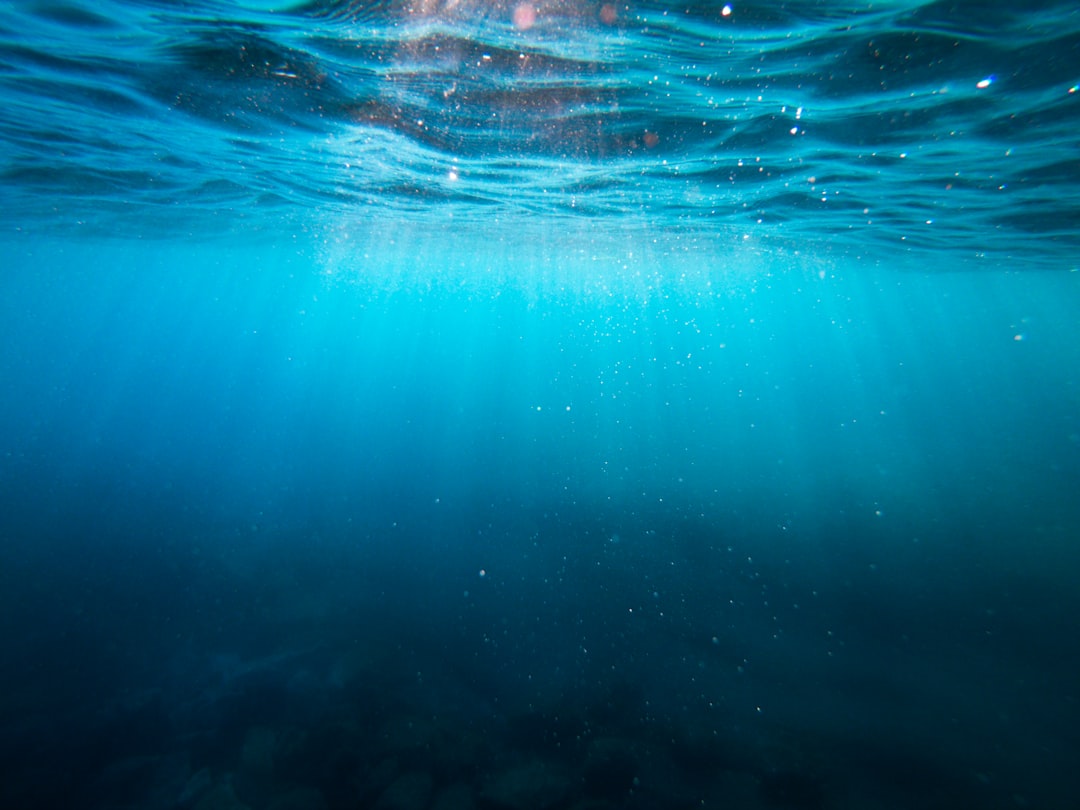Understanding Water Remediation: Safeguarding Properties from Water Damage
Water remediation is a multifaceted process that involves cleaning, sanitizing, and restoring materials affected by water damage, with the primary goal of returning the property to a safe and habitable condition.
Introduction to Water Remediation
Water remediation is a multifaceted process that involves cleaning, sanitizing, and restoring materials affected by water damage [4]. Rapid response is crucial in water damage situations to minimize the extent of damage and prevent secondary issues like mold growth [1]. The primary goal of water remediation is to return the property to a safe and habitable condition, ensuring the well-being of occupants.
To illustrate, consider a scenario where a residential property experiences a severe pipe burst, leading to significant water damage in multiple rooms. In such a situation, prompt water remediation is essential to prevent structural deterioration and mold growth, highlighting the critical need for swift action to mitigate the damage effectively.
Water damage can have devastating consequences on both residential and commercial properties, leading to structural damage and health risks [1]. Understanding the different categories of water damage, such as clean water, gray water, and black water, is crucial for implementing appropriate remediation approaches to ensure safety and effectiveness. Additionally, thorough moisture detection and assessment play a fundamental role in understanding the extent of water damage restoration and devising a comprehensive remediation plan.
For instance, in a commercial building where a roof leak goes unnoticed for an extended period, the resulting water damage can compromise the structural integrity and create potential health hazards for occupants. By categorizing the water damage correctly and conducting detailed moisture assessments, remediation experts can tailor their approach to effectively address the damage and restore the property to a safe condition.
The Importance of Water Damage Restoration
Water damage restoration not only involves repairing visible damage but also targets hidden moisture to prevent long-term issues like mold growth. Delaying restoration efforts can lead to increased repair costs, structural damage, and compromised indoor air quality. Professional restoration services are crucial in mitigating health risks associated with water damage, such as respiratory problems and allergic reactions.
To exemplify, imagine a residential property where a burst pipe causes water damage in the basement, leading to mold growth over time. By engaging professional restoration services promptly, the hidden moisture can be effectively addressed, preventing further damage and ensuring the health and safety of the occupants in the long run.
Water remediation encompasses various phases, each vital in restoring the property to its pre-damage state. The characterization phase involves identifying the type and source of water damage, assessing affected areas, and determining the extent of contamination. Understanding these characteristics aids in selecting suitable remediation methods and setting clearance goals, essential for insurance claims and regulatory compliance.
For example, in the event of a water damage incident caused by a sewage backup in a commercial building, the characterization phase would involve identifying the contaminated water source, evaluating the extent of damage, and categorizing the level of contamination. This detailed assessment guides remediation professionals in implementing the most effective decontamination methods to restore a safe environment.
 Decontamination Phase
Decontamination Phase
Decontamination is a critical phase in water remediation, involving the removal of contaminants, surface disinfection, and treatment of affected materials to restore a safe environment. Specialized equipment and cleaning agents tailored to specific contaminants are utilized to ensure thorough decontamination and prevent recontamination [4]. Effective decontamination methods vary based on the type of contaminants present, requiring expertise and adherence to industry standards [4].
For instance, if a commercial property experiences water damage due to a chemical spill, the decontamination phase would focus on removing the hazardous substances, disinfecting surfaces, and treating materials affected by the chemicals. By employing specialized equipment and following proper decontamination procedures, the remediation team can eliminate contaminants effectively and create a safe environment for occupants.
Clearance Phase
The clearance phase of water remediation involves verifying the effectiveness of decontamination efforts through sampling, testing, and monitoring. Achieving clearance goals signifies the successful completion of the remediation process and the restoration of a safe and healthy environment. Long-term monitoring post-remediation is essential to detect any recurring issues and ensure the sustainability of the remediated area.
To provide an example, after completing the remediation of a water damage incident in a residential building, the clearance phase would entail conducting tests to confirm the thorough removal of contaminants and the safety of the environment for habitation. Continuous monitoring following the remediation process would help identify any potential issues that may arise, ensuring the long-term effectiveness of the restoration efforts.
Common Causes of Water Damage
Water damage can arise from various sources, with natural disasters like floods and storms posing immediate threats to properties and occupants. Plumbing failures, including burst pipes, leaks, and sewage backups, are common culprits of water damage in residential and commercial buildings. Additionally, human activities such as inadequate maintenance, appliance malfunctions, and neglecting minor leaks can escalate into significant water damage incidents if left unaddressed.
For example, in a scenario where a residential property experiences water damage due to a burst pipe during winter, the resulting flooding can lead to extensive damage to the structure and belongings. By promptly addressing the issue and engaging in comprehensive water remediation, further harm can be prevented, highlighting the importance of timely intervention in such situations.
Equipment Used in Water Damage Restoration
Industrial-grade dehumidifiers and air movers are essential for efficiently drying out water-damaged areas and preventing mold growth. Moisture meters and thermal imaging cameras play a crucial role in identifying hidden moisture pockets and assessing the extent of water damage within building structures. Personal protective equipment, including gloves, masks, and coveralls, is necessary to ensure the safety of restoration professionals working in contaminated environments.
To illustrate, when addressing water damage in a commercial space, restoration experts would utilize industrial dehumidifiers and air movers to effectively dry out the affected areas and prevent secondary issues like mold growth. By employing moisture meters and thermal imaging cameras, they can accurately pinpoint areas of hidden moisture that require attention, ensuring a thorough remediation process. Additionally, wearing appropriate personal protective equipment safeguards the health and well-being of the restoration team during the cleanup and restoration activities.
 Differences Between Water Remediation and Water Restoration
Differences Between Water Remediation and Water Restoration
Water remediation primarily focuses on removing water, sanitizing affected areas, and preventing further damage, while restoration involves structural repairs and rebuilding, [4]. Remediation addresses the immediate aftermath of water damage to halt its progression and ensure the safety of occupants, while restoration aims to return the property to its pre-damage condition. Both remediation and restoration are integral components of the water damage recovery process, each serving distinct purposes in mitigating damage and restoring property functionality.
 The Role of Professionals in Water Remediation
The Role of Professionals in Water Remediation
Certified water remediation experts possess the knowledge, skills, and equipment necessary to handle water damage situations effectively and safely. Professional remediation services streamline the restoration process, minimize downtime, and reduce the risk of secondary damage and microbial growth. Accredited restoration companies, such as Vital Restoration, adhere to industry standards and best practices to deliver high-quality remediation services tailored to each client’s needs [Customer Product Context].
Preventative Measures and DIY Remediation
Taking proactive measures, such as routine maintenance of plumbing systems and prompt leak repairs, can help prevent water damage incidents and the need for extensive remediation. While minor water damage issues may be manageable through DIY efforts, extensive or contaminated water damage situations should be left to professionals to ensure thorough remediation and safety. DIY water remediation efforts without proper knowledge and equipment can lead to incomplete restoration, health hazards, and further property damage.
Insurance Coverage for Water Remediation
Homeowners insurance policies typically cover sudden and accidental water damage, including remediation and restoration costs, subject to policy terms and deductibles. Understanding the extent of insurance coverage for water damage remediation is crucial for property owners to make informed decisions and expedite the claims process. Insurance adjusters collaborate closely with restoration professionals to assess the damage, determine coverage limits, and facilitate the restoration process for policyholders.
Why Choose Vital Restoration for Your Water Remediation Needs
Vital Restoration’s 24/7 disaster restoration services ensure an immediate response to water damage emergencies, minimizing property loss and health risks [Customer Product Context]. With a focus on advanced techniques and equipment, Vital Restoration delivers efficient and comprehensive water remediation services to restore properties to their pre-damage state [Customer Product Context]. Visit https://vitalrestoration.com/ to explore Vital Restoration’s full range of services, including water damage restoration, mold remediation, and trauma scene cleanup [Customer Product Context].
 Conclusion: Importance of Timely and Professional Water Remediation
Conclusion: Importance of Timely and Professional Water Remediation
Water damage incidents demand swift action and expert intervention to mitigate damage, safeguard property occupants, and restore properties effectively. By choosing reputable and accredited professionals like Vital Restoration, property owners can trust in quality remediation services that prioritize safety, efficiency, and customer satisfaction [Customer Product Context]. Explore the comprehensive water remediation solutions offered by Vital Restoration at https://vitalrestoration.com/ and take proactive steps to protect your property from the devastating effects of water damage [Customer Product Context].


